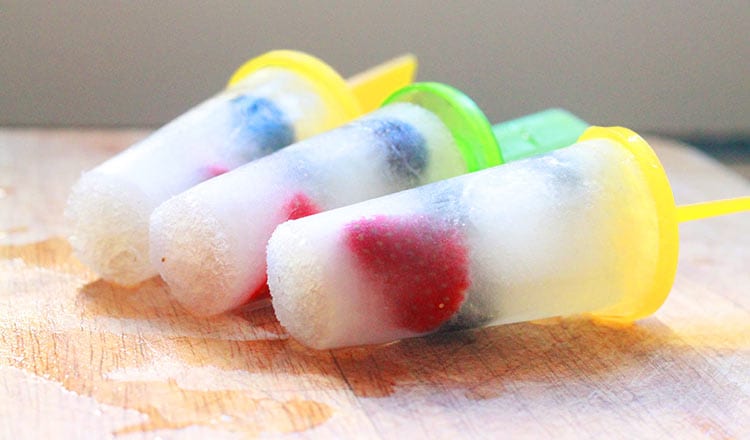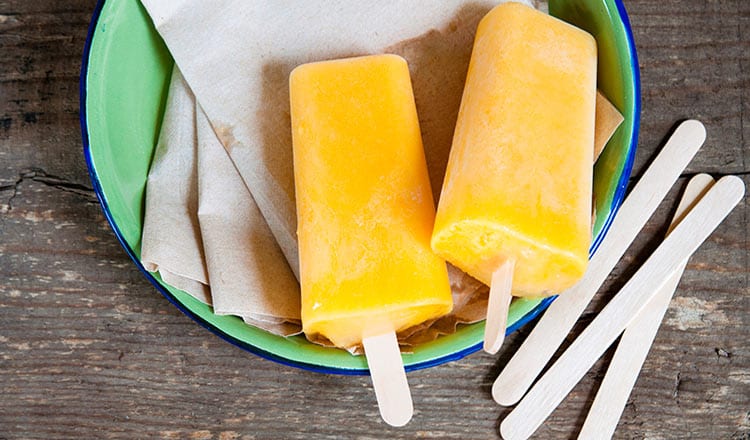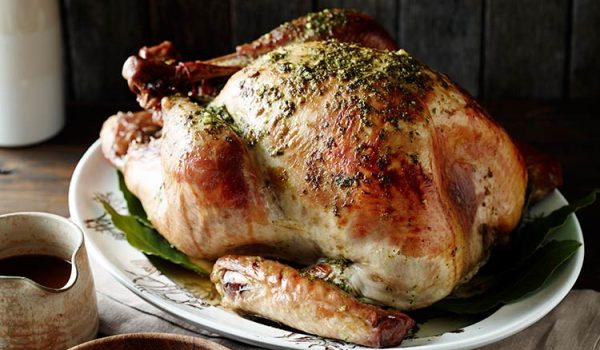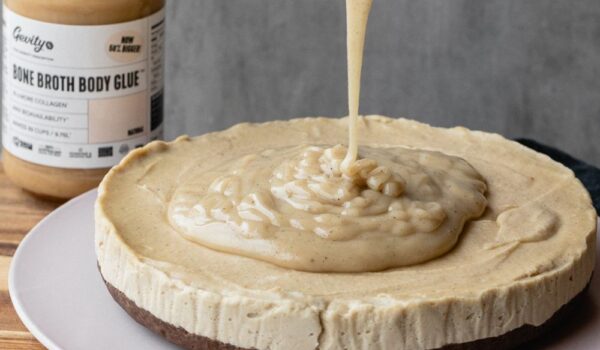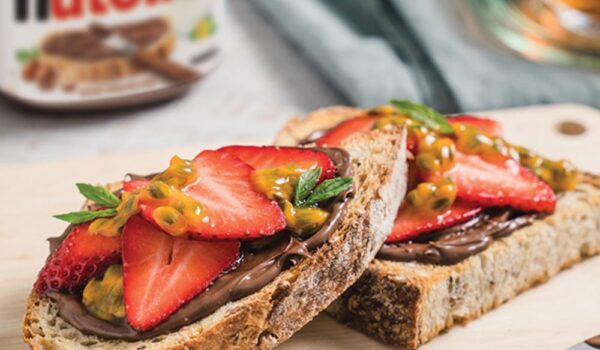The key to smart snacking is to plan easy to prepare, nutritious and portion-controlled snacks, and recognise when hunger slumps occur, to curb unhealthy cravings.
Tip 1: Seasonal Snacks
Some of the easiest snack-able foods are all natural – fruits, vegetables and grains that can be accompanied with delicious (and easy to whip up) veggie based dips.
What’s in season coming into spring? Think:
- Crunchy snow peas, beans and carrot sticks;
- Creamy artichoke or beetroot dips. Simply roast and blitz with a dash of olive oil and seasoning;
- Juicy oranges, bananas, strawberries and blueberries.
Sneaky snack tip: Buy the berries in bulk and prepare a chia berry compote for a high protein, high fibre, and omega 3 hit in the morning.
Recipe: Simply blend 1/2 cup of overripe berries, 1/4 cup of water, 3 tbs of chia seeds, 1 tbs of sweetener (maple syrup is my favourite!) and leave it to set for a few minutes. This will keep in the fridge for a few days.
Tip 2: Snack like a Bird
Seeds and nuts with a small spoonful of superfood dried fruits like goji berries (or the somewhat daggier sultanas) is another yummy, healthy and convenient snack to keep in your bag or top draw at work.
Seeds and nuts are a great source of protein and mostly unsaturated fats. Seeds are also a great source of fibre. The combination of the two with a little hint of sweetness is a great way to regulate your blood sugar levels and tide you over until your next meal.
Don’t fall into the snack trap: Be mindful of portion control, a small handful is a good serving.
Tip 3: Natural is Best
When choosing which yoghurt to buy, opt for natural, plain or Greek varieties, and then add fruit or your sweetener of choice such as honey or maple syrup. These varieties tend to have fewer ingredients, less sugar and are at their most natural state.
Supermarket savvy: When looking at sugar content, plain yoghurt will typically contain around 4-6 grams of sugar per 100 grams which is intrinsically part of the yoghurt (found in the lactose in the milk). Be conscious that when fruit is added, the sugar content can rise to around 14 grams of sugar per 100 grams due to the fructose. This is okay provided it is only the fruit contributing to the sugar increase.
Always check the ingredients to ensure that there is not too much added sugar in the form of honey, cane sugar, dextrose, maltose, or any other fancy words that may be used to disguise sugar content.
Tip 4: Make Your Own Smoothie
Smoothies are a fabulous way of achieving daily nutritional intake. A few things to remember when making your own smoothie:
- Limit fruit intake to one serve
Fruit is certainly better than a packet of chips or chocolate bar, but we only require two serves per day. We should look to source additional fibre, vitamins, minerals and antioxidants from vegetables. Opt for one serve of fruit in the smoothie and enjoy the other as a snack!
- Don’t neglect your vegetables
It’s no secret that many Australians struggle to meet the recommended daily intake of five serves of veggies each day. Incorporating greens such as spinach, kale or celery into your smoothie is an easy and effective way of increasing consumption of vegetables and immune-boosting nutrients.
- Add a nutrient boost to top it off
To increase thickness, protein and calcium intake, add a dollop of yoghurt to your smoothie. For an extra nutritional boost, incorporate chia seeds, flaxseed, maca powder or protein powder.
Tip 5: Fruit and Protein
If you do wish to snack on an apple or pear, combine it with a high protein food such as nuts, ricotta cheese or organic peanut butter for a more sustained sugar release. The additional protein lowers the overall glycaemic index of the snack and assists in maintaining a feeling of fullness.
Tip 6: Packaged Snacks
When looking for a convenient pre-packaged snack like muesli bars, it can be quite difficult to find one that is low in sugar and not highly processed.
Follow these rules to help identify healthier snack options in the supermarket aisle:
- Ensure that the first three ingredients listed are not comprised of fat, sugar or salt
- Try to avoid hidden colours often labelled as 100s, sulphites as 200s and glutamates as 600s. While some of the numbers are not too nasty, best to steer clear if possible
- If you are sensitive to glutamates, you may also want to avoid ingredients such as yeast extract and hydrolysed vegetable protein, as quite often MSG (monosodium glutamate) is created as a bi-product during the process of obtaining these ingredients
Try these easy and healthy Spring time snacks!
Delicious Coco-berry Pops
Tropical Dream Smoothie Pop
Recipes from Cenovis Home Economist, Mandy dos Santos.

